Explore the Best AI Image Gallery
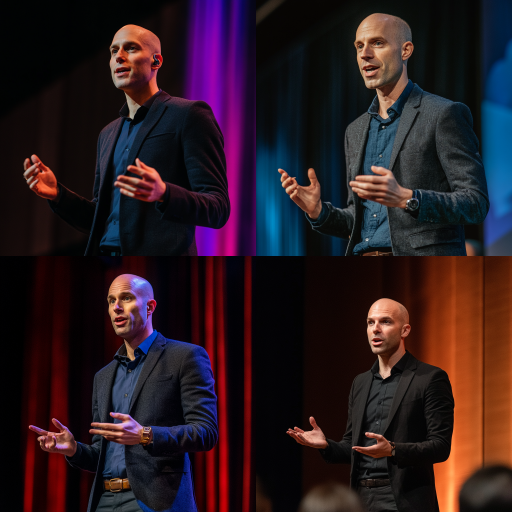
The Rise of AI Image Creation Tools: Transforming the Landscape of Visual Art
In recent years, artificial intelligence (AI) has made significant strides in various fields, and the realm of visual art is no exception. AI image creation tools are rapidly gaining popularity, enabling artists and designers to produce stunning visuals in a fraction of the time it would traditionally take. These tools harness deep learning algorithms to analyze vast datasets of images, allowing them to generate original works that often challenge our understanding of creativity and authorship. In this blog post, we will explore the multifaceted impact of AI image creation tools on the creative industry, their potential uses, ethical considerations, and future trends.
Impact on the Creative Industry
AI image creation tools such as DeepArt, Artbreeder, and DALL-E have transformed the creative landscape. They enable artists to automate repetitive tasks, explore new artistic styles, and push the boundaries of their creativity. By using these tools, creatives can:
- Enhance Productivity: Artists can save time by automating aspects of their workflow, allowing them to focus on more complex and emotionally driven elements of their work.
- Experiment with Styles: AI tools allow users to combine different artistic styles or create entirely new ones by adjusting parameters, resulting in unique and engaging artworks.
- Make Art Accessible: These technologies democratize creativity, enabling individuals without formal training to create stunning images with relative ease.
This shift not only redefines the role of the artist but also encourages collaboration between humans and machines, leading to a new form of creativity that merges the best of both worlds.
Potential Uses of AI Image Creation Tools
The potential applications of AI-generated imagery are extensive and diverse:
- Content Creation: Marketers and content creators can use AI-generated visuals to enhance their campaigns, resulting in eye-catching graphics and videos that capture the audience's attention.
- Gaming and Animation: Game developers can create immersive environments and characters by leveraging AI tools, reducing the time and resources traditionally required for these processes.
- Fashion and Design: Designers can explore new concepts and styles by generating images based on trends, aiding in the creative brainstorming process.
- Personalized Art: AI can analyze user preferences to create customized artworks, offering a unique experience for consumers.
Ethical Considerations
As with any technological advancement, the rise of AI image creation tools raises important ethical questions. Some key concerns include:
- Copyright and Ownership: The question of who owns an AI-generated image is a complex one. Is it the artist who employed the tool, the developers of the software, or the AI itself? Clarity in copyright laws is necessary to prevent legal disputes.
- Authenticity: As AI-generated art becomes more prevalent, the line between human-created and machine-generated works may blur. This raises questions about authenticity and the intrinsic value of art.
- Bias in Training Data: AI systems are only as good as the data they're trained on. If the training datasets contain biases, the resulting AI-generated art may perpetuate stereotypes and exclude diverse voices.
Future Trends
The future of AI image creation tools appears bright and filled with promise. As technology continues to advance, we may witness the emergence of:
- More Collaborative Tools: Future AI tools may allow for even deeper collaboration between humans and machines, offering real-time suggestions and enhancements as artists create.
- Increased Customization: With developments in machine learning, tools may offer hyper-personalization, adjusting to individual user preferences and styles in unprecedented ways.
- Ethical Standards: As AI becomes integral to the creative industry, we can expect a greater emphasis on ethical practices and regulations concerning the use of AI in art.
Conclusion
AI image creation tools are not just transforming the realms of art and design; they are challenging our notions of creativity and authorship. While these technologies offer tremendous opportunities for artists and consumers alike, they also necessitate thoughtful consideration of the ethical implications of their use. The current trajectory suggests a future where AI and human creativity coexist and collaborate, potentially reshaping the creative landscape in unimaginable ways.


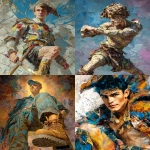

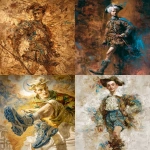
](https://images.ai-img.art/thumbnails/150/3a60737a5b67fa252207ad1ae6db245a26284f53fb5846996bb34515b39ff269.webp)


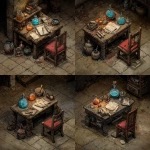
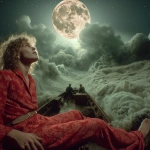

](https://images.ai-img.art/thumbnails/150/8c3bd422d50d35735d8fb33bd314a79e30e5b150129d5d09bdad822a2007593f.webp)
](https://images.ai-img.art/thumbnails/150/1614d64dd7156c95db952258978be809eb3db8cea4453fec69c49cbdfe63fa94.webp)